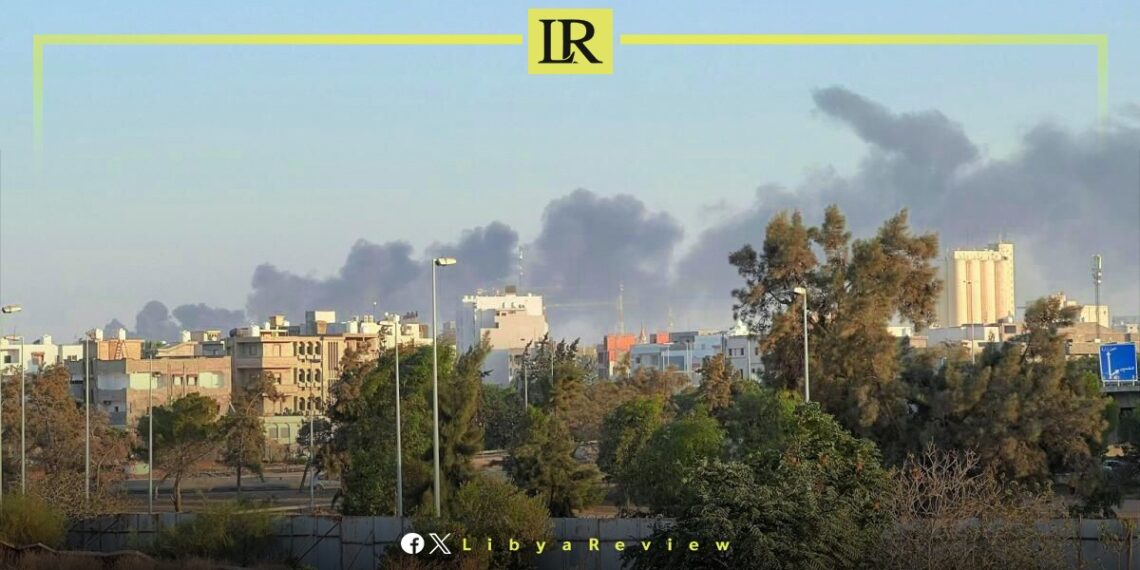Libya ranked 20th globally for air pollution, as indicated by the AirVisual Platform, a global authority on air quality.
Faris Fathi, a professor in the Earth Sciences Department at Benghazi University, highlighted this ranking as a concerning indicator due to Libya’s neglect of its vegetation cover, which is crucial for purifying the air from pollutants and harmful gases affecting climate, human health, and animal resources.
Among the significant factors contributing to air pollution is also the lack of focus on sustainable development, which could have broader health implications for the population, according to a report by the Libyan News Agency (LANA)
Monitoring air quality in Benghazi and the oases using outdoor air quality monitoring stations installed by “IQAir” revealed unhealthy air quality in Libya during 2023, with a reading of (34.3 mg/m3).
It’s noteworthy that five stations were installed in February 2023 by a Swiss company, the world’s largest in terms of air quality monitoring stations and climate change. These stations were handed over to the Libya Research and Climate Change Centre and were strategically placed based on population density and human activities.
The first two stations were installed in the eastern region, specifically in Benghazi and Al-Bayda. In the western region, stations were set up in Tripoli and Zliten, while the fifth station was installed in the Wahat region.
These stations operate in two ways: first, they measure meteorological data such as air pressure, temperature, humidity, wind direction and speed, expected rainfall percentages according to the expected timing and day, and track hurricane movements to provide weather forecasts for the coming week.
The second aspect involves measuring air quality data and pollution levels, including fine particles in the air measuring one micrometer, fine particles measuring 2.5 micrometers, and fine particles measuring 10 micrograms per cubic meter, in addition to measuring carbon dioxide concentration and the total volatile organic compound, such as various types of benzene. They also measure a toxic gas present in the air, as well as ozone and nitrogen gas, according to a daily assessment displayed in specific readings through the station.


